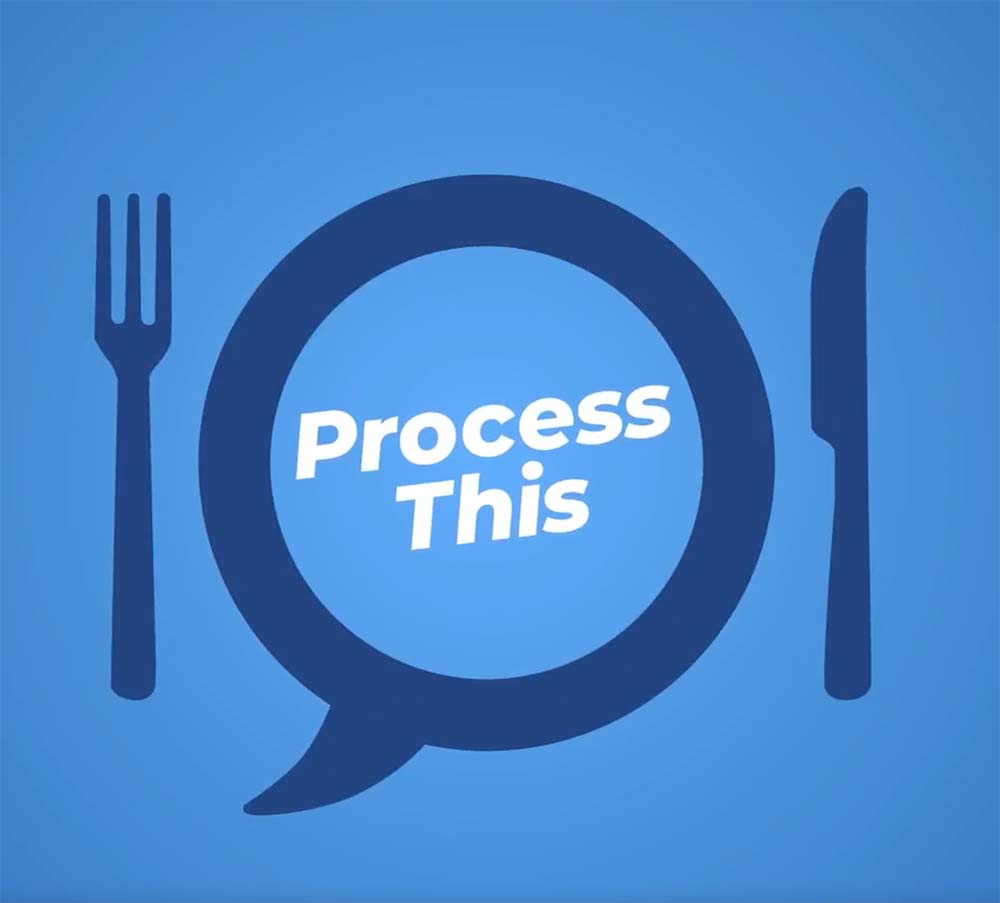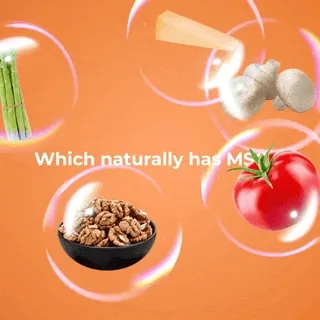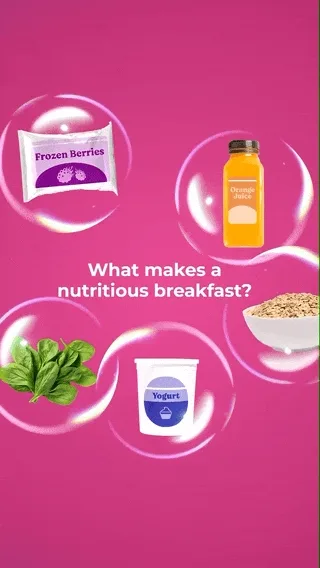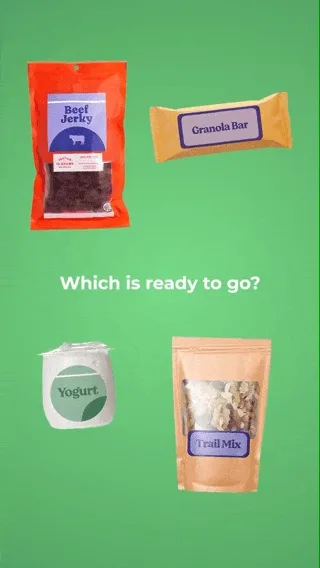
Processed Foods
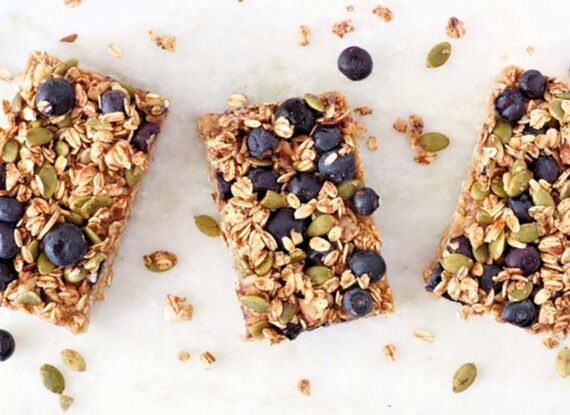
Quick Links

Key Messages
Most consumers acknowledge that they do not fully understand or cannot fully explain what a processed food is.[1] Use the science-backed key messages to clear up misconceptions, reinforce evidence-based facts and support informed communication about food processing.
- What is a processed food? The term is defined in the FDA Food, Drug and Cosmetic Act to include “any food other than a raw agricultural commodity and includes any raw agricultural commodity that has been subject to processing (e.g., canning, cooking, freezing, dehydration or milling).”[2] Food processing can help improve food safety, extend shelf life, enhance nutritional quality and promote convenience − making safe, nutritious foods more widely available.[3]
- What foods are processed? Many foods are processed in some way and include a broad range of items such as bagged salads, roasted nuts, canned beans, whole grain bread, frozen vegetables, cookies, chips and more. Even foods we may consider “fresh,” like milk, undergo some level of processing. Rather than labeling all processed foods the same, it’s important to consider what the processing does: Does it preserve nutrients? Improve safety? Add essential ingredients like iron or fiber? Processing should be understood as a spectrum of techniques used to prepare foods for safe consumption.
- What are ultraprocessed foods? Ultraprocessed foods (UPFs) are typically defined by classification systems like NOVA, which group foods based on the extent and purpose of processing.[4] UPFs often include ingredients that are industrially formulated, including additives for texture, flavor or shelf life. It’s important to note that classifying a food as ultraprocessed does not indicate its nutritional quality.[5]
Research
What do consumers really think about processed food? Gain a deeper understanding of perceptions and purchasing habits to identify opportunities to tailor your messaging.
2025 IFIC Food & Health Survey: A Focus On Food & Nutrition
Learn More2025 IFIC Food & Health Survey: A Focus On Dietary Guidance & Food Labeling
Learn MoreIFIC Spotlight Survey: Public Perceptions Of Processed Foods In A Healthy Diet
Learn MoreIFIC Spotlight Survey: Perceptions On Processed: Consumer Sentiment & Purchasing Habits In 2022
Learn MoreIFIC Spotlight Survey: Perceptions On Processed: Consumer Sentiment & Purchasing Habits In 2021
Learn MoreIFIC Spotlight Survey: Perceptions On Processed: Consumer Sentiment & Purchasing Habits In 2020
Learn MoreResources
A mix of science and emotion − not to mention conflicting headlines − has shaped public perception of processed food. Our resources explore what consumers really know, where confusion exists and how communicators can help bridge the gap.
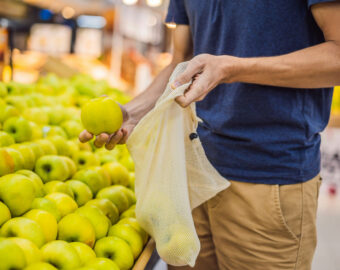

A Brief History of Food Fortification in the U.S.
April 28, 2023

Can Processed Foods Find a Place in Your Balanced Diet?
March 27, 2023
Webinars
Whether you’re looking to deepen your knowledge around processed food or gain practical, evidence-based insights, these webinars feature perspectives from leading experts in the field.
Social Media Inspiration
Visuals have the power to explain nuance around processed food clearly, quickly and credibly. Whether you’re promoting balance, busting myths or sharing quick facts, these resources are crafted for impact and shareability.





